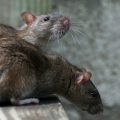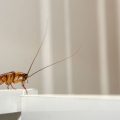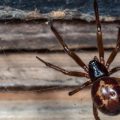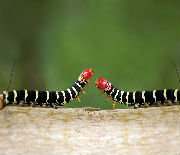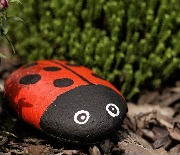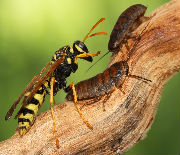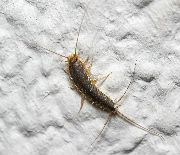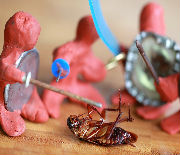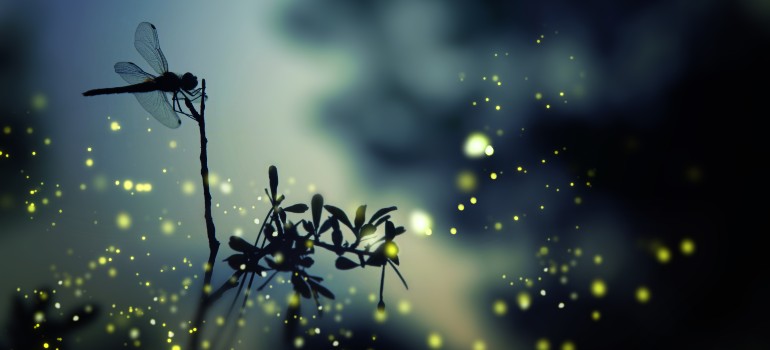
Our island is home to some of the most amazing yet often overlooked creatures on the planet. There are over 24,000 species in the UK alone, making them one of the most diverse and ecologically important groups. This summer, keep your eyes open for these five awesome insects in the UK
If you look around, you will find that there are insects you like, whether it’s the bumblebees flying around or dragonflies dancing in the air. Since it is almost impossible to present all of our insect species in a single post, here are a few of the most spectacular and rare species across Britain.
Table of Contents
Norfolk Hawker Aeshna isosceles
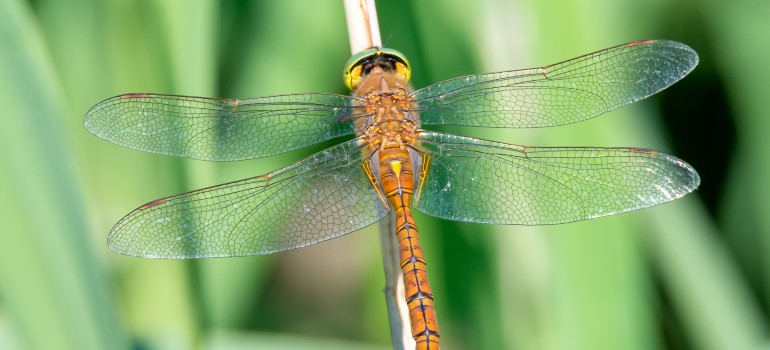
One of the two brown hawker dragonflies found in Britain is the Norfolk Hawker. Females and males of this species look similar and have a yellow triangular mark on the top of their abdomens.
An endangered species of dragonfly, the Norfolk Hawker is very distinct, with clear wings and green eyes. You should know that the Wildlife and Countryside Act protects these species. There are only a few moments when it’s on the wing – during June and the very beginning of July.
Grazing marshes with non-saline water are necessary for this species to survive. It’s normally found on the Norfolk Broads and in some other Norfolk and Suffolk wetlands.
Did you know?
The wings of the Norfolk Hawker rotate approximately 30 times per second, and they can fly forwards, sideways, and backwards at a speed of up to 36 kilometres per hour.
Two-spotted Ladybird Adalia bipunctata
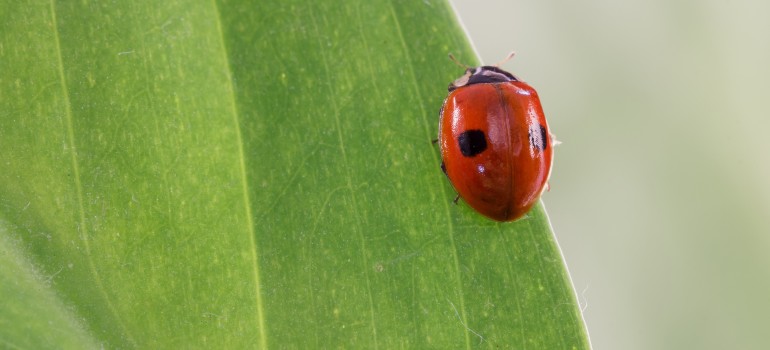
One of the most commonly recognised beetles is the ladybird. In the gardener’s world, they are thought of as the best friend, happily munching on hordes of harmful aphids.
Two-spot ladybirds can be found in a wide range of habitats, including parks, gardens, and cities. They are usually red with two black spots on the wings, but they may also appear in various other colours, like black with two red spots. You can often find them in the Leicestershire and Rutland areas. These ladybirds are often spotted from March through October.
Did you know?
Ladybirds are brightly coloured to warn predators that these beetles won’t make a good meal for them. As a defence mechanism, ladybirds exude an alkaloid liquid that tastes bitter when they’re attacked, which is known as reflex bleeding.
Stag beetle Lucanus cervus
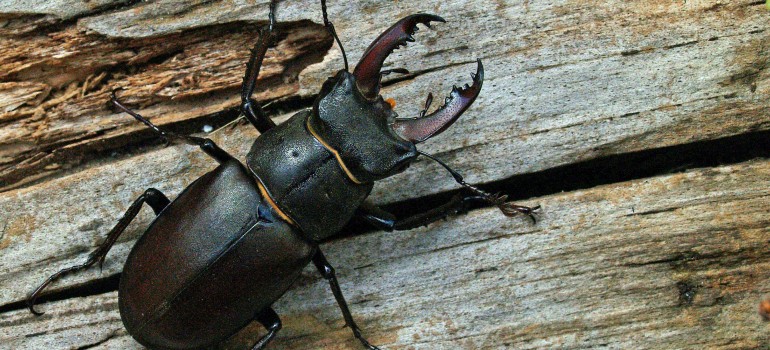
These are one of the most spectacular insects to be found in the UK. The male’s large jaws resemble the antlers of a stag. One cannot fail to notice the magnificent stag beetle, which can grow over 75mm in size. The adults emerge in May and June and live for only a few weeks while they search for a mate. You might be surprised to learn that these impressive beetles are native to the UK.
This giant insect is seen flying around at dusk in the summer to find a partner, and they prefer warm temperatures and low rainfall. So they are mostly seen in the southern regions of the country, but they can be found nationwide, too. Due to the devastating effect of deforestation and the lack of rotting wood, stag beetles are currently one of Britain’s rarest insects.
Did you know?
Beetles are popular pets in Japan, and you can often find them in pet shops and even department stores.
In addition to being both admired and feared, it is the only insect to have appeared twice on a UK stamp.
Garden tiger moth Arctia caja
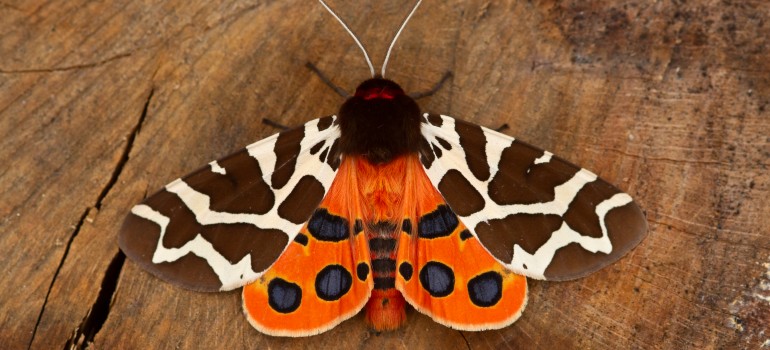
Most of us don’t think about moths during the day since they mostly fly at night, attracted to lights. However, there are a number of beautiful moth species which fly during the day.
The garden tiger moth is one of the most famous moths in Britain due to its striking appearance. The name ‘tiger moth’ is misleading since the majority of these insects are spotted, not striped. In the strictest sense, they should be called leopard moths! Garden tigers are large, brightly coloured moths that emerge towards the end of summer in July and August.
The garden tiger has a chocolate-brown, furry body, brown wings with white spots, and bright red wings with four to five large black spots. Known as a ‘woolly bear’, its caterpillar is very hairy and moves fairly fast.
Did you know?
A woolly bear crawling up your leg was actually considered lucky in 19th century Shropshire.
Ruby-tailed wasp Chrysis ignita
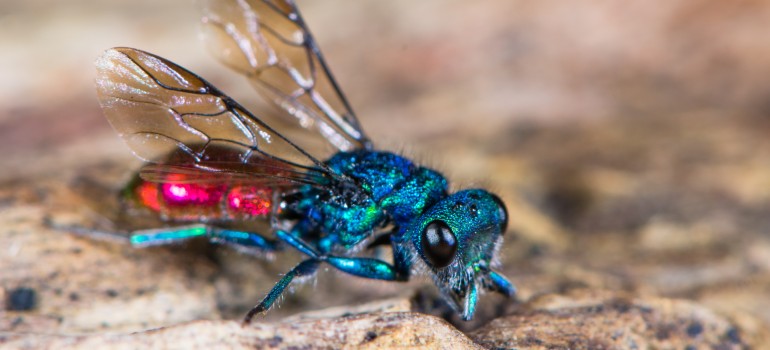
Wasps are not liked by everyone. However, we think you’ll appreciate these ones due to their stunning metallic reds, blues and greens that create a fascinating spectacle.
A close look at the Ruby-tailed wasp reveals it to be one of the most beautiful insects in the UK. Typically solitary, it inhabits rocky and sandy habitats, such as quarries and outcrops. The adult wasps are mainly active from April to September.
This insect has a concave abdomen that allows it to curl into a ball; it has a hard, protective body cuticle that shields it from predators. It has the ability to sting, although it is not poisonous.
Did you know?
Chrysis, the genus name, derives from the Greek word for a ‘gold vessel’ or a ‘gold-embroidered dress’. This refers to the metallic colours of the wasps.
